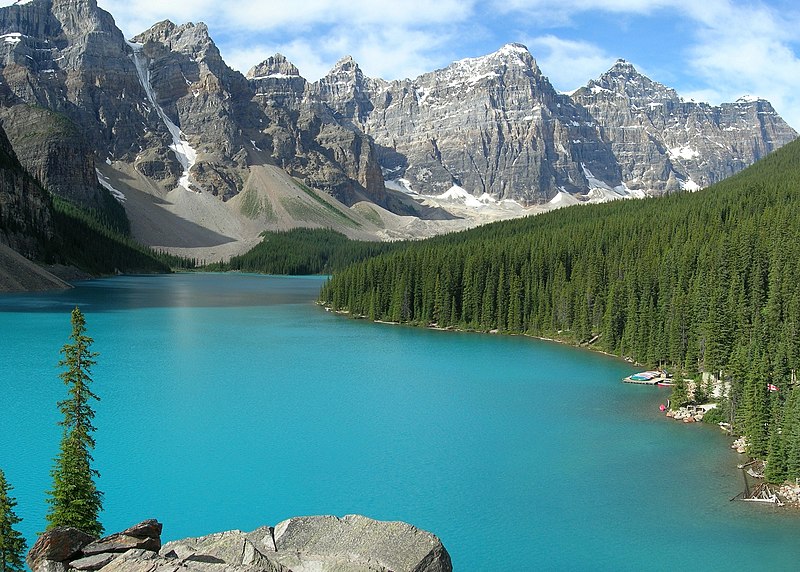
|
| Efate Island, Vanuatu. by Sarah Macmillan |
The Amazing Place is a blog of the best places and sites for tourism around the world. You can find beach resorts, archaeological sites, national parks, historical landmarks, different cultures in the world and others here. This website has an abundance of information for tourists to explore.
Sunday, March 5, 2023
10 Secret Beaches You Need to Visit Before They Get Too Popular
Tuesday, February 7, 2023
The Banff National Park
Banff National Park
 |
| The turquoise Moraine Lake seen from a viewpoint at its north bank. |
Banff National Park is located in the Canadian Rockies and is one of Canada's oldest and most popular national parks. Established in 1885, Banff spans over 6,641 square kilometers and is home to an array of breathtaking landscapes, including mountains, glaciers, lakes, and forests.
One of the most famous attractions in Banff National Park is Lake Louise, a turquoise blue lake surrounded by the Victoria Glacier and majestic peaks. Another must-see location is Moraine Lake, which offers stunning views of the surrounding mountains and is a popular spot for hiking, kayaking, and canoeing.
In addition to its natural beauty, Banff National Park also offers a range of activities for visitors to enjoy. From skiing and snowboarding at Mt. Norquay, to hot springs soaking at the Banff Upper Hot Springs, there's something for everyone. The park also has an extensive network of hiking trails, ranging from easy walks to challenging mountain climbs.
Banff is also a hub for wildlife, including grizzly bears, wolves, mountain lions, and elk. Visitors are encouraged to take precautions while hiking, such as making noise to alert wildlife of their presence, and carrying bear spray.
Monday, May 4, 2015
Berchtesgaden National Park
Berchtesgaden National Park
Friday, July 11, 2014
Yellowstone, the first national park in the world!
Yellowstone National Park
 |
| Mammoth hot spring in Yellowstone |
Tuesday, July 8, 2014
The Kakadu National Park, an archaeological and ethnological site.
The Kakadu National Park
Wednesday, February 26, 2014
Camping in Yosemite
Wednesday, February 5, 2014
"The Impossible National Park"
The Impossible National Park
 |
| One of the entrances to the Park. |
Thursday, January 30, 2014
Wonderful things in Yosemite National Park
Yosemite National Park
 |
| The view of Yosemite Valley from Tunnel View in Yosemite National Park |


